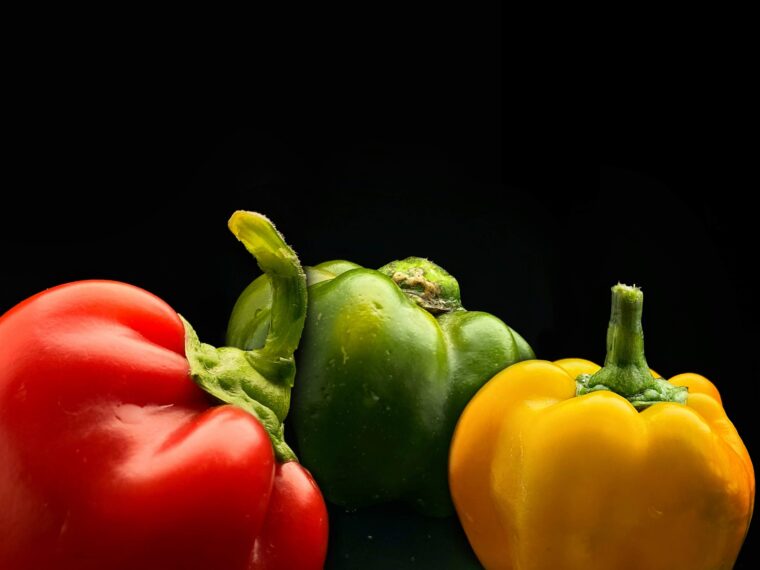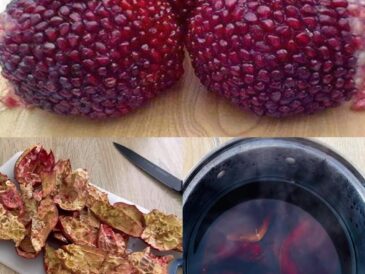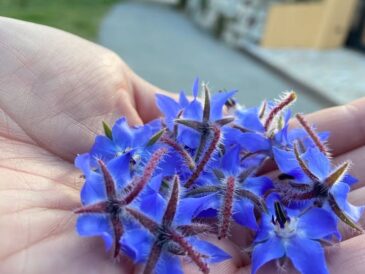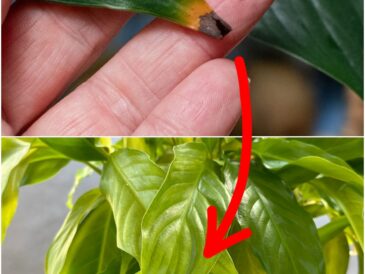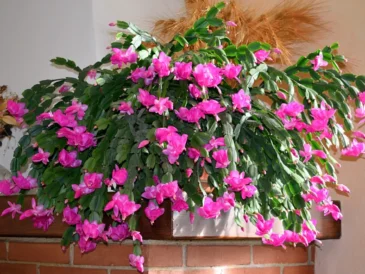Tips for Successful Topping
- Use Sterilized Tools
- Always sanitize your scissors or pruning shears before cutting to prevent the spread of diseases.
- Dip them in rubbing alcohol or a bleach solution and let them air dry.
- Feed Your Plant
- After topping, apply a balanced fertilizer (e.g., 10-10-10) to help the plant recover and support new growth.
- Provide Support
- A bushier plant might need staking or cages to prevent branches from breaking under the weight of the fruit.
- Prune Regularly
- Keep removing suckers (unnecessary shoots) that grow between the main branches to maintain the plant’s energy focus on fruiting.
Topping vs. Non-Topping: The Results
Gardeners who top their pepper plants often report:
- Increased Yield: Bushier plants can produce significantly more peppers than untopped plants.
- Healthier Plants: Improved airflow and sturdier stems make topped plants less prone to diseases and physical damage.
- Longer Harvests: Topped plants tend to produce fruit over a longer period, providing peppers well into late summer and early fall.
Conclusion
Topping your pepper plants is a simple yet highly effective gardening technique that can lead to stronger, more productive plants. By redirecting the plant’s energy from vertical growth to branching and fruit production, you can enjoy a bountiful harvest all season long. So, grab your scissors and give it a try—your peppers will thank you!
Pages: 1 2
